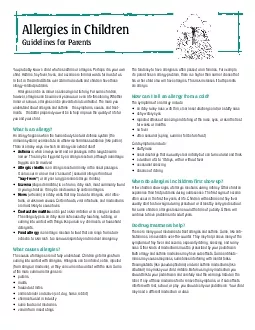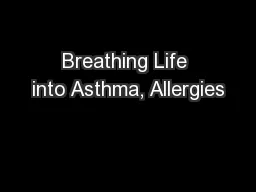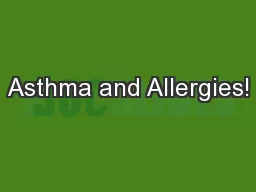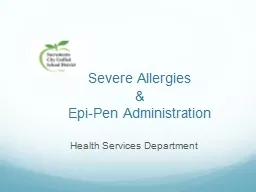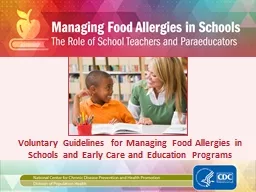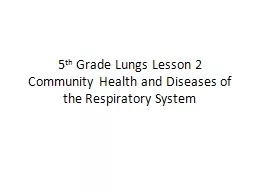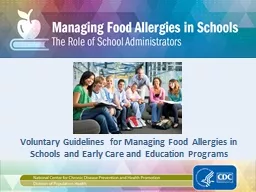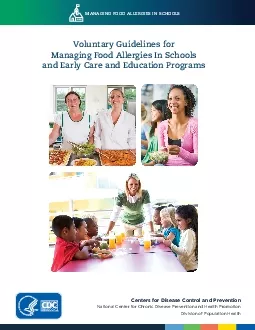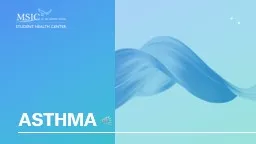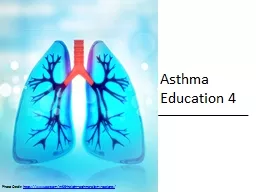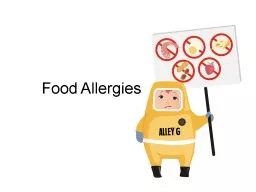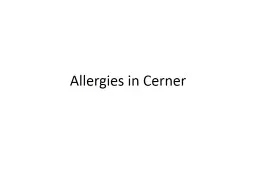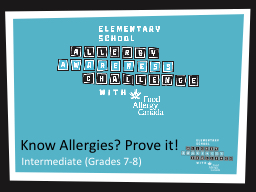PDF-You probably know a child who has asthma or allergies Perhaps it is yo
Author : murphy | Published Date : 2021-09-24
When does my child need to see an allergist control allergic symptoms If this happens your pediatrician may recommendpediatric allergista doctor who specializes
Presentation Embed Code
Download Presentation
Download Presentation The PPT/PDF document "You probably know a child who has asthma..." is the property of its rightful owner. Permission is granted to download and print the materials on this website for personal, non-commercial use only, and to display it on your personal computer provided you do not modify the materials and that you retain all copyright notices contained in the materials. By downloading content from our website, you accept the terms of this agreement.
You probably know a child who has asthma or allergies Perhaps it is yo: Transcript
Download Rules Of Document
"You probably know a child who has asthma or allergies Perhaps it is yo"The content belongs to its owner. You may download and print it for personal use, without modification, and keep all copyright notices. By downloading, you agree to these terms.
Related Documents

